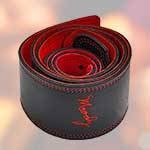The days have been scorching lately, haven’t they?
With energy conservation on everyone’s mind, many people are using fans or air circulators along with their air conditioners.
Sound House also offers fans, and many of us here use them at the office.
CLASSIC PRO / CPF20BK Portable Oscillating Fan (Black)
Being someone who’s conscious of saving energy, I also have a small fan on my desk.
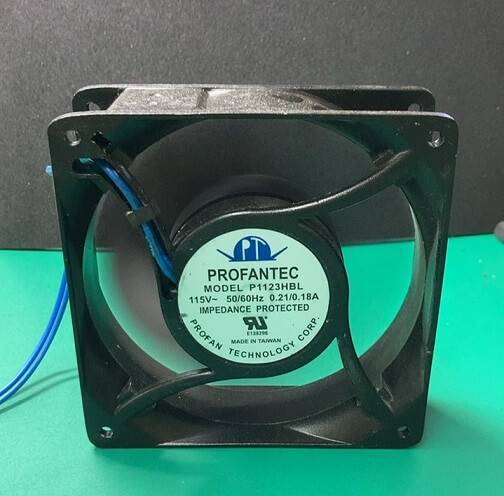
Here it is!
If you looked at this picture and thought, “Wait, is this...?” then you’re quite the connoisseur.
Actually, this isn’t a regular fan—it’s a fan found inside audio and lighting equipment.
If you’ve built your own computer, you’ve probably seen something similar. These fans are used to cool down equipment or to expel heat.
In lighting equipment, they can be used to propel smoke from fog machines or to blow bubbles from bubble machines.
Since the structure is quite similar to a regular fan, there are many tech-savvy people who use them as fans for cooling.
In this post, I’ll be conducting a few experiments with this fan and sharing the results.
First, we need one tool.
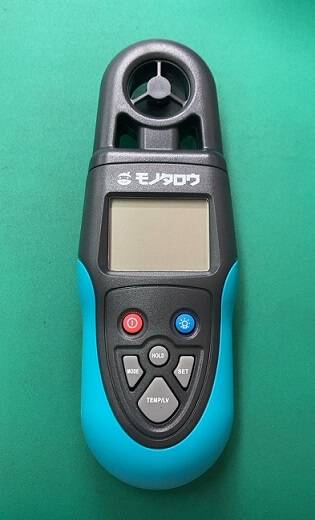
This is it.
This is an anemometer, a device used to measure wind speed.
I’ll be using it to measure the wind speed of three different machines:
1. Stage Evolution / Bubble Stay
I’m starting with the Stage Evolution Bubble Stay.
I measured the wind speed near the air outlet where the wind was stable.
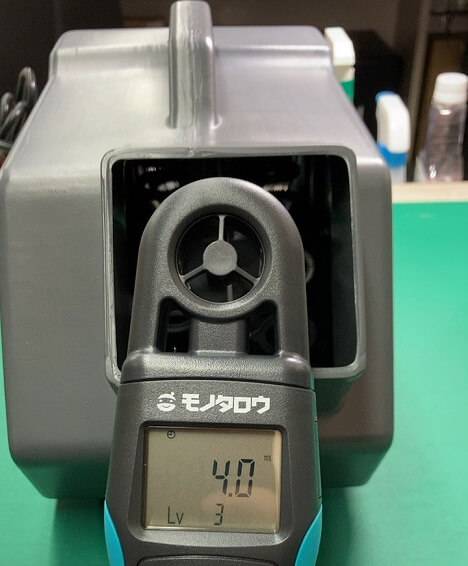
It recorded 4.0 m/s.
Next, I measured the Antari B100X.
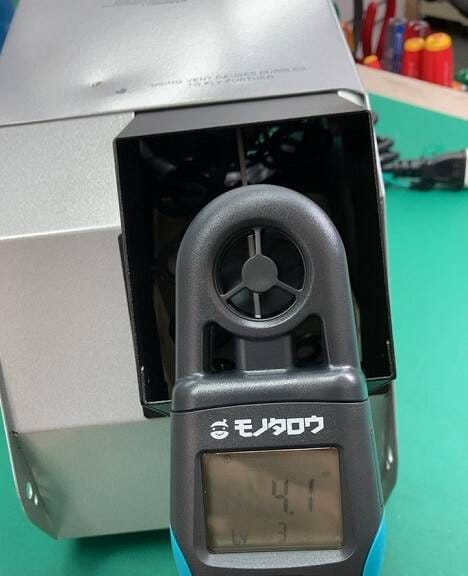
It recorded 4.1 m/s.
Finally, I measured the Eliminator Bubble Storm.
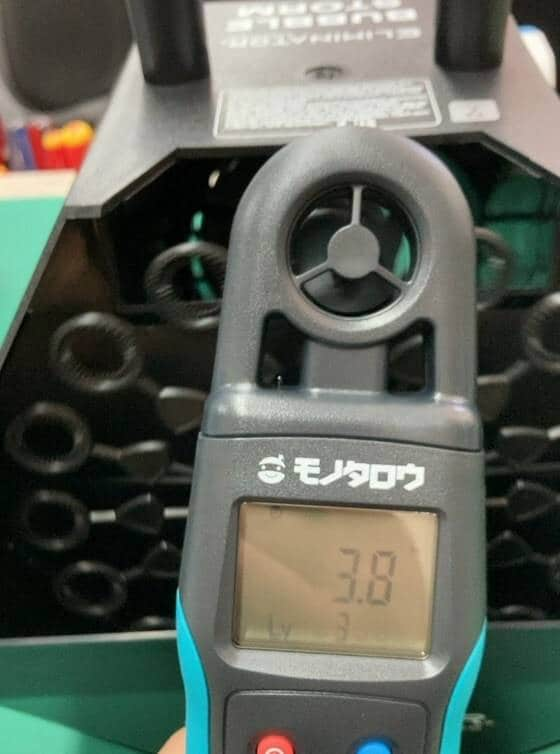
It recorded 3.8 m/s.
All the machines had some variance, but on average, the wind speed was between 3.7 m/s and 4.1 m/s.
From these results, we can conclude that if the wind speed exceeds 3.7 m/s, soap bubbles will reliably be produced from the bubble ring.
For reference, when I blew air myself, I generated a wind speed of 7.0 m/s at close range. It made me realize just how fast the bubbles blown out of the straw were when I played as a child!
The experiment isn’t over yet. There’s another aspect I’d like to test:
“Does the operating performance change with different input voltages?”
There are two types of fans: AC fans and DC fans.
As the names suggest, the difference lies in whether they operate on AC or DC power.
AC fans are powerful and often used in larger equipment, while DC fans are better suited for precise control and battery operation.
In the three machines tested, the Bubble Stay and B100X use AC fans, while the Bubble Storm uses a DC fan.
The Bubble Storm converts the AC power input to DC internally, ensuring stable voltage supply to the fan.
This type of fan maintains a stable DC voltage to the fan, even if the AC input voltage fluctuates.
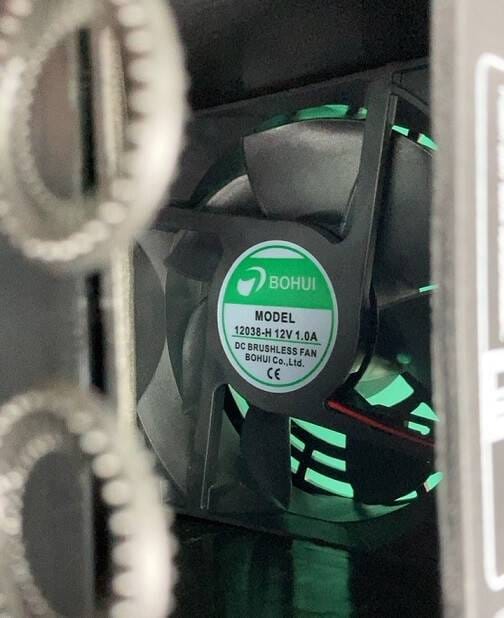
Here’s a close-up of the Bubble Storm fan.
If you look closely, you can see a ‘12V’ marking. This helps identify whether a fan is AC or DC.
Now, let’s measure the effects of input voltage changes.
For this experiment, I tested the AC fans by varying the voltage in 10V increments and comparing 90V, 100V, and 110V.
To make the changes more noticeable, I placed the anemometer close to the fan.
Starting with 90V:
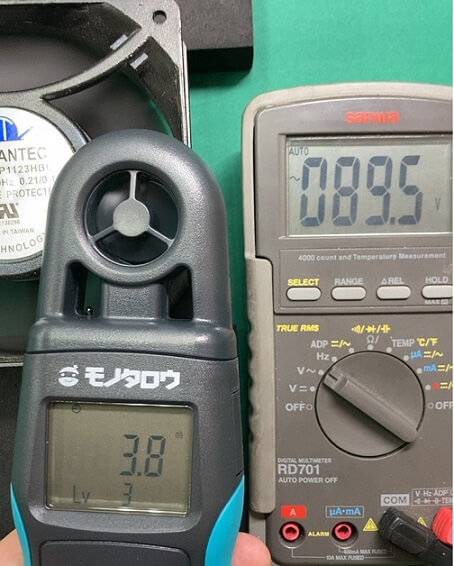
It recorded 3.8 m/s.
Next, at 100V:
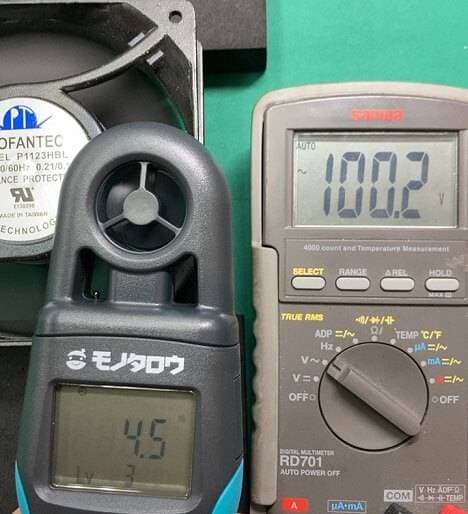
It recorded 4.5 m/s.
Finally, at 110V:
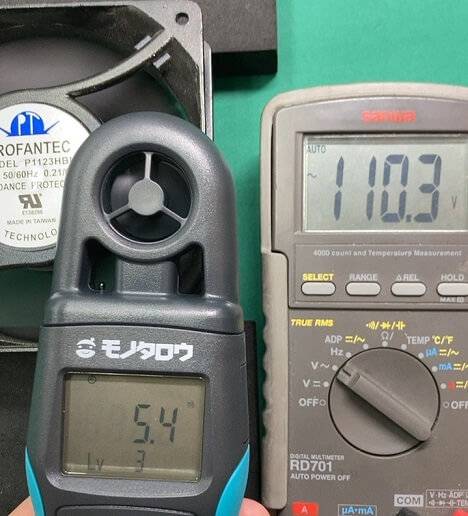
It recorded 5.4 m/s.
There was a 1.6 m/s difference in wind speed between 90V and 110V.
This experiment shows that devices using AC fans are sensitive to input voltage changes.
If a device using such a fan seems to be underperforming, it might be worth checking the power supply.
Also, for bubble machines used outdoors, wind can affect their performance. Similarly, when used indoors, air conditioning can influence their output, so if the bubbles aren’t coming out as expected, consider checking the wind or air conditioning.
That’s all for this experiment!





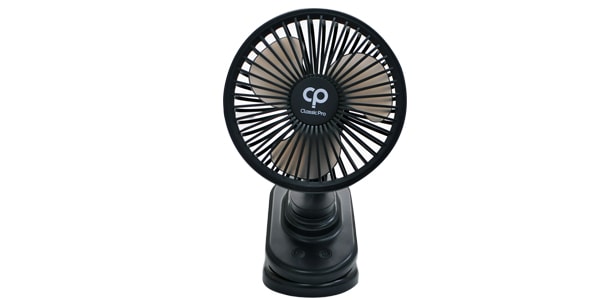
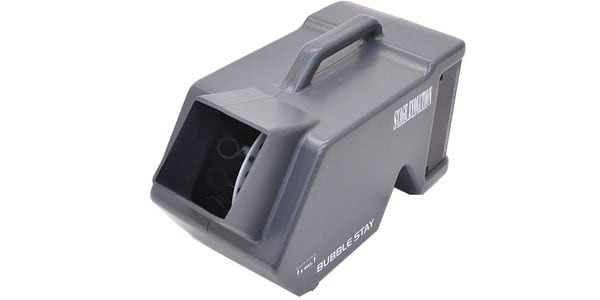
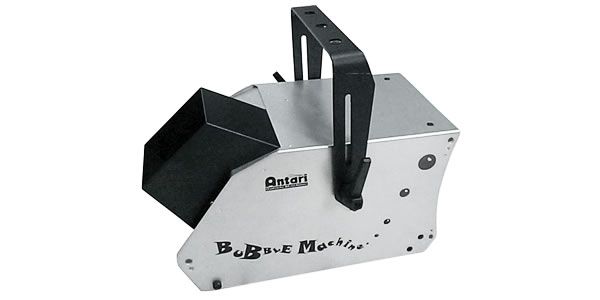
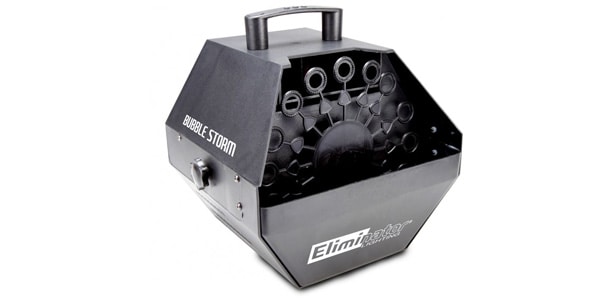






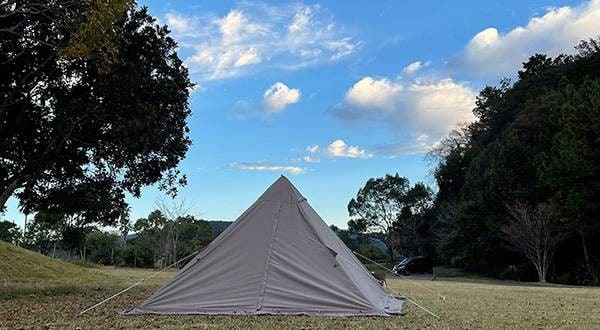
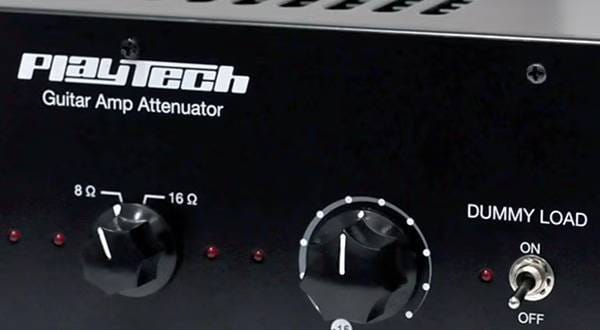


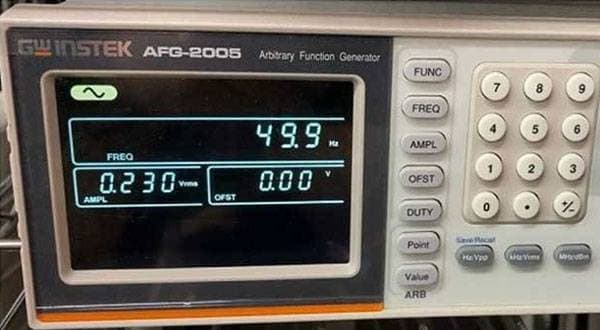
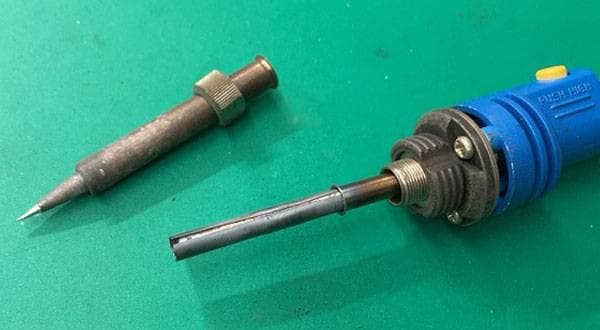
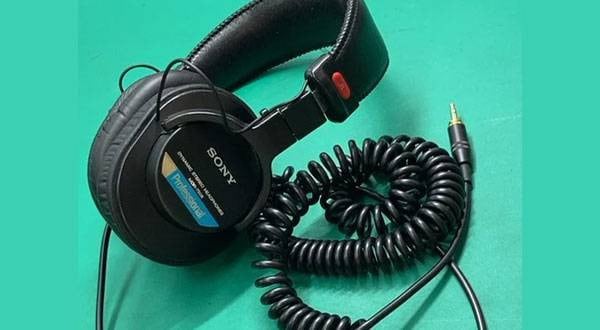
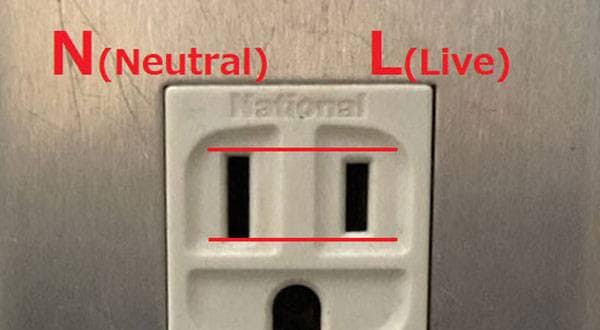
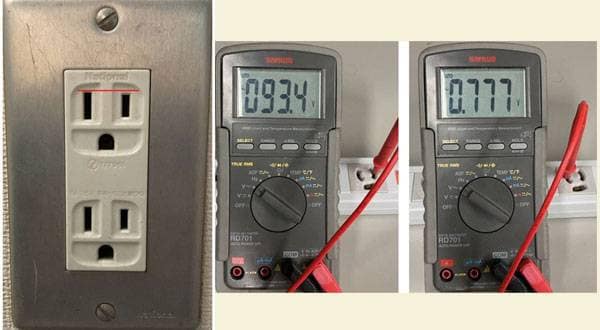

 STAGE EVOLUTION ステージ照明
STAGE EVOLUTION ステージ照明
 AMERICAN DJ ステージ照明
AMERICAN DJ ステージ照明
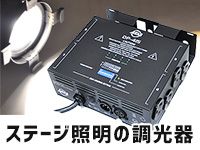 ステージ照明の調光器
ステージ照明の調光器
 プロ仕様 ステージ照明 ELATION
プロ仕様 ステージ照明 ELATION
 小さなパーティでも役立つカッコイイ照明機材
小さなパーティでも役立つカッコイイ照明機材
 照明入門講座
照明入門講座
